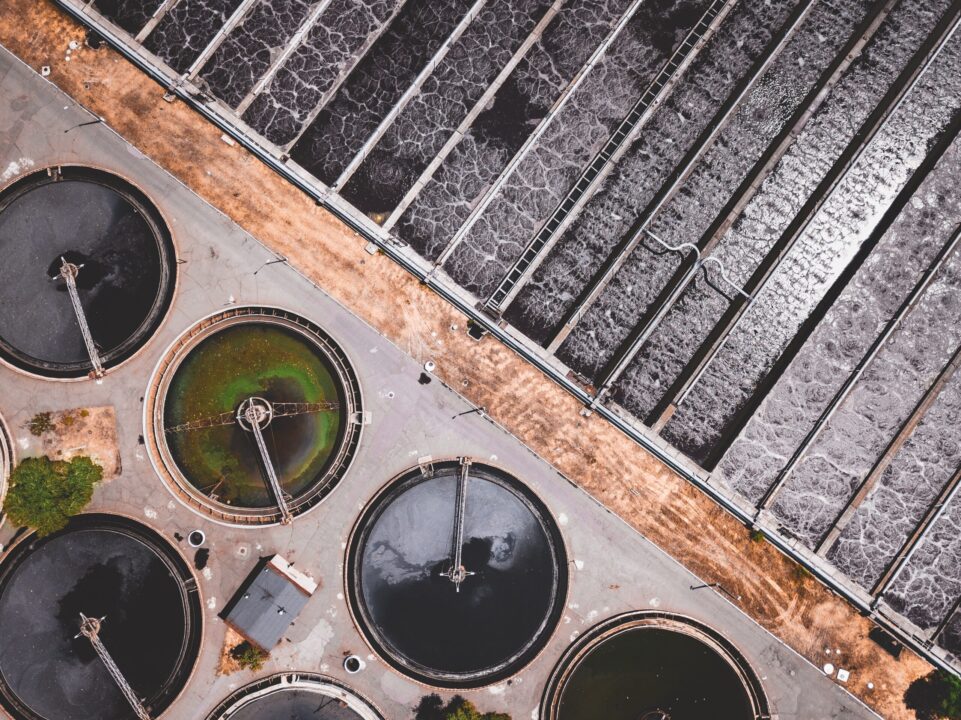
New Delhi: A new study by the Council on Energy, Environment and Water (CEEW) revealed that Haryana and Karnataka are the frontrunners in treated wastewater management across India.
They revealed an alarming statistic that only 28 per cent of the over 72,000 million liters of wastewater produced daily in Indian cities in 2021 received proper treatment. The remaining untreated sewage was discharged into rivers and lakes, significantly worsening water quality, especially during dry seasons.
To assess wastewater management practices, CEEW developed the Municipal Used Water Management (MUWM) Index. This index evaluated 503 Urban Local Bodies (ULBs) in ten states – Andhra Pradesh, Chhattisgarh, Gujarat, Haryana, Jharkhand, Karnataka, Madhya Pradesh, Punjab, Rajasthan, and West Bengal. These states had already implemented treated wastewater reuse policies before the National Mission for Clean Ganga launched its National Framework on Safe Reuse of Treated Water (SRTW) in January 2023.
The selected ULBs were grouped into five categories – aspiring, promising, performing, leading, and outstanding – based on their index composite scores, with ‘aspiring’ representing the lowest and ‘outstanding’ the highest scores.
Surat and Bangalore topped the MUWM Index, with the formulation of a dedicated action plan for treated wastewater management being a key enabler of their noteworthy performance.
Haryana and Karnataka secured the top two state ranks with scores of 1.94 and 1.74 out of 5, respectively. The CEEW report highlighted their comprehensive graded action plans for wastewater treatment and reuse.
Punjab and Rajasthan followed in third and fourth positions, scoring 1.71 and 1.57 out of 5, respectively. In 8 out of 10 states, 85 per cent of the ULBs collectively fall under the promising and performing categories.
Chhattisgarh, Madhya Pradesh, and Andhra Pradesh occupied the bottom three positions, scoring 0.84, 1.01, and 1.07 out of 5, respectively.
These states were noted for not providing compiled service-level benchmarking (SLB) performance reports in the public domain, as per Ministry of Housing and Urban Affairs (MoHUA) directives, leading to a lack of available data affecting performance assessments and resulting in low state-wide performance on the MUWM Index.

